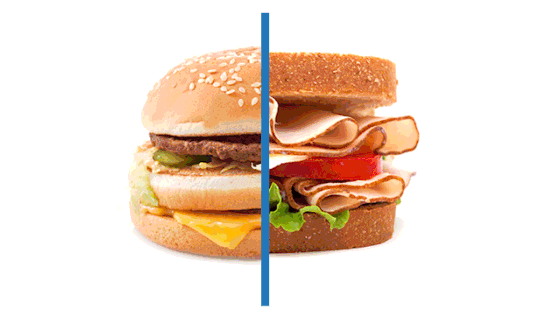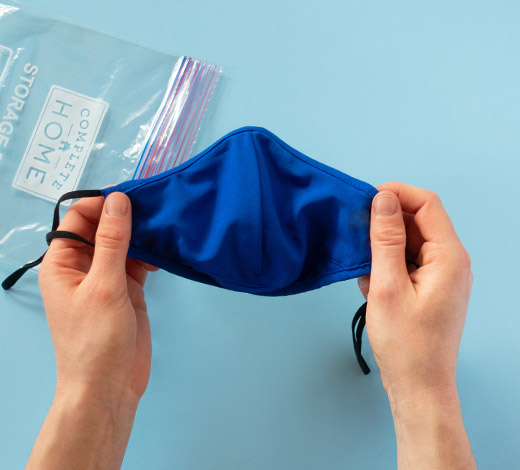

Every meal away from home raises your average calorie count by about 134 calories a day, according to the U.S. Department of Agriculture. So if you eat out five times a week, you could gain up to 10 pounds a year.
But there can be a way to order that restaurant cake and eat it too. It’s all about moderation and healthy choices.

- Eat a light lunch if you know ahead of time you’ll be going out for dinner. Plan how many calories you can spare—but don’t starve yourself. That will only incite temptation!
- Check online for restaurants that serve a wide variety of dishes.
Look for nutritional information. Restaurants with a robust kid’s menu usually specialize in small-portion meals that provide ample nutrition.
- Make a healthy pre-meal snack to avoid overeating at the table. Grab an apple, a handful of peanuts or eat a small salad so you don’t leave the house hungry.
- Always dress up when you eat out. Even if you’re just heading to a neighborhood diner. If you view restaurant outings as a treat, you won’t go out as often. That’s healthy both for yourself and your wallet!

- Order first. Hearing everyone else’s choices can be tempting, but if you speak first, your healthy decisions can influence others to do the same!
- Ask how the food was prepared, and be aware of how the menu might be misleading. For example, ‘cholesterol-free’ doesn’t mean ‘fat-free,’ ‘lite’ doesn’t mean light in calories or fat, and ‘low-carb’ doesn’t mean low-cal. Be assertive, ask questions and make special requests to meet your nutritional needs.
- Start with something other than the entrée. Diving straight into a heavy main-course dish while you’re hungry can cost extra calories. Scientists at Pennsylvania State University found that subjects who ate a big veggie salad before a main course ate fewer calories overall than those who didn’t start with a salad. If leafy greens aren’t your thing, your appetizer can come from anywhere on the menu—soups, sides and breakfast items are good options.
- Try double appetizers instead of a main course.
Look for seafood and vegetable-based appetizers and consider skipping the entrée for two appetizers for your meal. Portion sizes (as well as cost per plate) are often much smaller.



- Control portions. Restaurants often serve plates big enough to feed two or three people. Split an entrée with someone, or ask your server to box up half your plate before bringing the food to the table. Eat a portion about the size of your fist if you’re ordering pasta. For meat portions, eat what could fit in the palm of your hand.
- Eat slowly.
It takes about 20 minutes for your brain to get the message from your stomach that you’re full. Start with lowest calorie foods first, drink water, savor each bite, relax & enjoy!
- Do the fork dip. Ask for salad dressing on the side, dip your empty fork in the dressing then fill your fork with salad. Not only will it taste the same as getting the dressing on top, this way will save you calories and your lettuce won’t wilt.
- Put your food away immediately when you’ve decided you’re done. Cover your plate with your napkin, cover it in salt and pepper, or put your utensils on top— whatever you can do to be done


